
How to troll from a kayak? It’s very important to know before going for kayaking. So, discover innovative ways to enhance your kayak fishing experience by utilizing downriggers, line-counting reels, lead core lines, and diving lures to take your angling game to the next level. Picture yourself navigating through meandering waterways while strategically employing these advanced techniques to entice a variety of fish species.
This article will unveil how these methods can turn your leisurely kayak paddle into an exhilarating fishing expedition. If you’re prepared to elevate your fishing skills and embark on an unforgettable aquatic journey, learn how to troll from a kayak here effectively!
How To Troll From a Kayak?
Trolling from a kayak can be a thrilling and rewarding way to fish. Unlike larger boats, kayaks rely on human power, so finding the right speed is crucial. Experiment with your paddling to find the best rhythm for keeping your bait at the desired depth and attracting bites. Consider using a fish finder to help locate the ideal fishing spots while trolling from your kayak.
In addition to speed, the type of lure you use is also important. Choose lures that are suitable for slow trolling and can be easily maneuvered from a kayak. It’s essential to have proper equipment, such as rod holders and a comfortable seat for long trolling sessions.
Remember to stay safe by wearing a life jacket and being aware of your surroundings while trolling from a kayak. It’s also important to be mindful of weather conditions and potential obstacles in the water. Lastly, respect local fishing regulations and catch limits to preserve the ecosystem and ensure sustainable fishing practices while enjoying this unique angling experience.
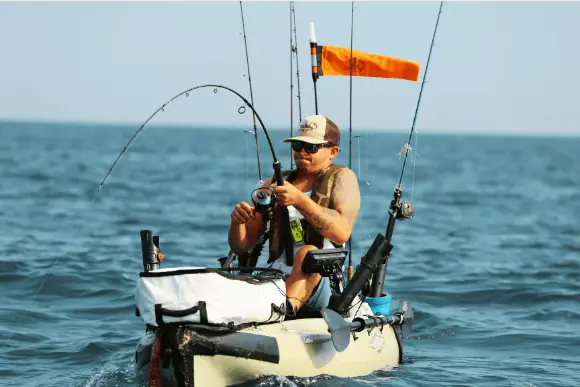
Gear and Equipment for To Troll From a Kayak
Rod and Reel
When you troll from a kayak, the right gear is important for success. A good fishing rod and reel combo designed for kayak fishing is crucial. It should be lightweight, sturdy, and have a comfortable grip for long hours on the water.
Fish Finder
Enhance your kayak trolling experience by investing in a dependable fish finder, which can significantly boost your ability to find prime fishing spots. It’s crucial to ensure that your kayak is stable and well-equipped for trolling, so consider equipping it with adjustable rod holders to keep your lines secure at different speeds.
Rod Holders
If you want to ensure that your kayak provides a smooth experience when trolling, it’s crucial to have the right rod holders or mounts in place. These fixtures will keep your rod safe and easily accessible throughout your trip. When a fish bites, you’ll want to be able to swiftly grab your rod without any hassle, increasing your chances of landing the catch successfully.
Inline Planer Boards
Inline planer boards are very useful for trolling from a kayak. You can attach these devices to your fishing line to spread out multiple lines away from the kayak. It helps cover more water and increases the chances of catching fish. It’s important to position the planer boards properly to make sure they work well. You should attach them far enough ahead of your kayak to avoid getting in the way of paddling and reduce the risk of tangling. You can also adjust the spacing between the boards to spread out your lines the way you want.
When trolling from a kayak, it’s important to use planer boards and have a variety of lures and baits. Kayaks have limited storage, so bring different types of lures to attract various fish. This includes artificial lures like crankbaits, spoons, soft plastics, and natural baits like live minnows or worms.
A Good Anchor System
When trolling from a kayak, having a reliable anchor system is crucial. By using a good anchor, you can stay in prime fishing spots without being at the mercy of wind and currents. Allows you to focus on reeling in your catch without constantly adjusting your position.
Choose an anchor that is appropriate for the size and weight of your kayak, ensuring it provides sufficient holding power in different conditions. Consider options like grapnel or folding anchors that are compact and easy to handle from a kayak.
Attach the anchor to a solid point on your kayak, such as a sturdy cleat or D-ring. Make sure the connection is secure to prevent any accidental loss of the anchor while trolling.
Before deploying the anchor, carefully assess the underwater terrain to avoid getting snagged on rocks or vegetation. Once anchored, use a trolley system or anchor pole to adjust your position without having to haul in the anchor repeatedly.
By investing in a quality anchor system and understanding how to use it effectively, you can enhance your kayak trolling experience and maximize your chances of landing that prized catch.
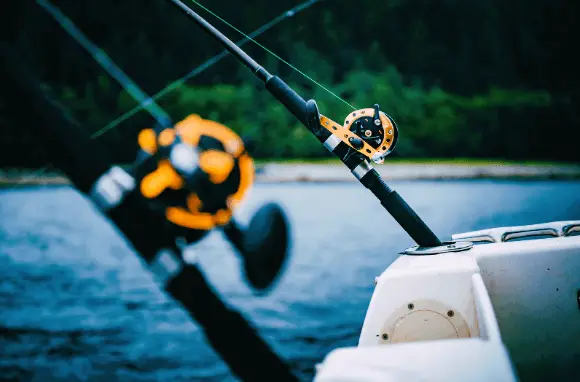
Choosing the Right Location
Looking for the perfect spot to troll for fish from your kayak? It’s crucial to consider the location you select, as it can make or break your fishing trip. Seek out areas with prime underwater features such as rocks, logs, and drop-offs, as these are likely to attract fish. Additionally, pay attention to water conditions – clear water and moderate currents offer the best trolling opportunities. When choosing a location for kayak trolling, accessibility is key.
Opt for a spot that’s easy to reach by kayak and has suitable launch and landing sites. Be sure also to check for any fishing regulations in the area to ensure you comply with the law. By carefully selecting a location based on structure, water conditions, and accessibility, you’ll greatly improve your chances of enjoying a successful and enjoyable fishing adventure.
Setting Up Your Trolling Rig
It’s important to set up your trolling rig properly for kayak fishing. One important thing to think about is the rod and reel you use. For kayak trolling, it’s best to use a medium to heavy rod with a strong baitcasting reel. This setup gives you more control and power when fighting big fish, and it’s easier to move around in a kayak.
When setting up your trolling rig, it’s important to choose the right line and leader material. Braided lines don’t stretch much and make it easier to feel when a fish bites. Using a fluorocarbon leader helps keep your presentation hidden and prevents the line from getting damaged. Using planer boards or downriggers can help you cover different depths and attract more fish.
In short, knowing how to set up your trolling rig correctly will greatly improve your kayak fishing. Choosing the right rod, reel, line, and tools like planer boards or downriggers is crucial for increasing your chances of success on the water.
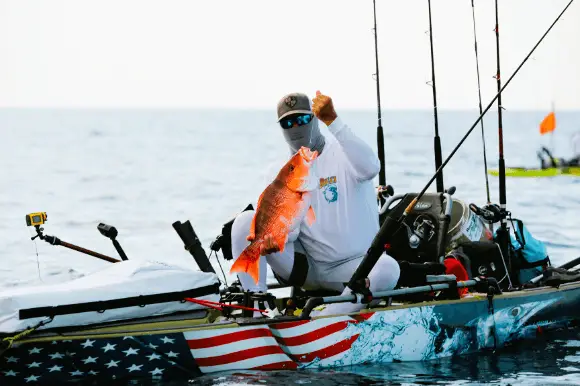
Best Baits and Lures to Use
When trolling from a kayak, the right bait and lures are important. For freshwater fish like bass or trout, use soft plastic swimbaits, crankbaits, or spinnerbaits. These lures move like natural prey and can attract aggressive strikes from predatory fish. In saltwater, live bait like shrimp or mullet works well for catching larger game fish such as snook or redfish.
When fishing from a kayak, using scented attractants on your lures or baits can help cover up unnatural scents and attract fish. Using different colored and sized lures can attract various types of fish. Having a variety of baits and lures in your tackle box helps you adapt to different conditions and improves your chances of catching a big fish.
Consider the depth when you’re fishing. Different fish like different depths, so use the right lure or bait to improve your chances. Use a depth finder to find the best spots and make sure your bait is in the right place.
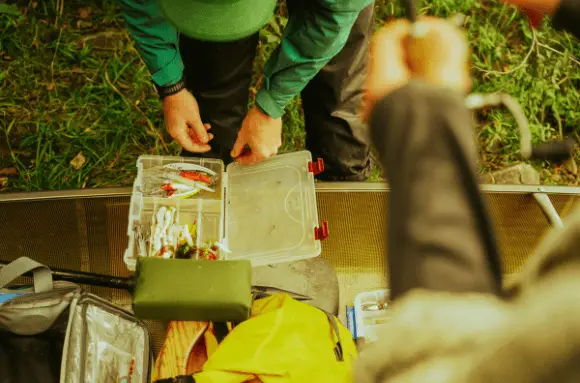
Tips for How To Troll From a Kayak
Trolling from a kayak requires knowing your target fish, their diet, and preferred habitats to increase your chances of success. Experiment with different speeds to find the most effective lure presentation.
Consider using downriggers or planer boards to vary your fishing depth and coverage. Stay attentive to your equipment, and make sure your lines are properly set up. Be prepared to adapt to changing conditions and fish behavior by adjusting your tactics. This flexibility will enhance your kayak trolling skills and improve your catch rates significantly.
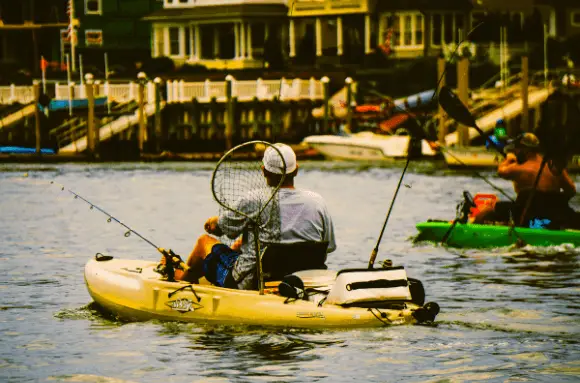
Safety Precautions
When trolling from a kayak, safety is very important. Kayaking is risky, and trolling makes it even more complex. Always wear a Coast Guard-approved PFD and use a leash to secure your fishing gear.
Pay attention to other watercraft and busy fishing areas. Learn self-rescue skills, like getting back in your kayak after falling out.
Check the weather before kayaking. Avoid kayaking in strong winds or thunderstorms. Get a marine radio or waterproof communication device for emergencies. Being proactive about safety makes kayaking more enjoyable and stress-free.
Conclusion
Trolling from a kayak offers a one-of-a-kind fishing experience. To start:
- Ensure your kayak is suitable for trolling by equipping it with rod holders and a paddle leash.
- Choose the right gear, including a medium-action spinning outfit and a 10- to 20-pound test line.
- Map out your route on calm waters away from busy boat traffic.
- Lower your bait or lures into the water and maintain a steady speed to attract fish.
- Stay alert and ready to move fast if necessary.
Kayak trolling lets you reach hidden fishing spots that big boats can’t. It also lets you quietly connect with nature as you paddle through the water. Trying this way of fishing not only helps you catch more fish but also deepens your bond with marine life and the environment.
FAQs
Q. What is kayak trolling?
A. Kayak trolling is a method of fishing where anglers use kayaks to tow bait or lures behind the boat while paddling, targeting a variety of fish species.
Q. Is kayak trolling suitable for beginners?
A. Yes, kayak trolling can be suitable for beginners with proper instruction and safety precautions. It’s important to start in calm waters and gradually build skills.
Q. What type of kayak is best for trolling?
A. Sit-on-top kayaks are often recommended for trolling as they provide stability and ample space for gear and rod holders.
Q. Do I need special equipment for kayak trolling?
A. You’ll need a sturdy fishing rod, reel, appropriate tackle, a PFD (personal flotation device), and possibly a fish finder to enhance your experience.
Q. Can I troll in any body of water?
A. While kayak trolling can be done in various bodies of water, such as lakes, rivers, and coastal areas, it’s essential to check local regulations and restrictions before heading out.
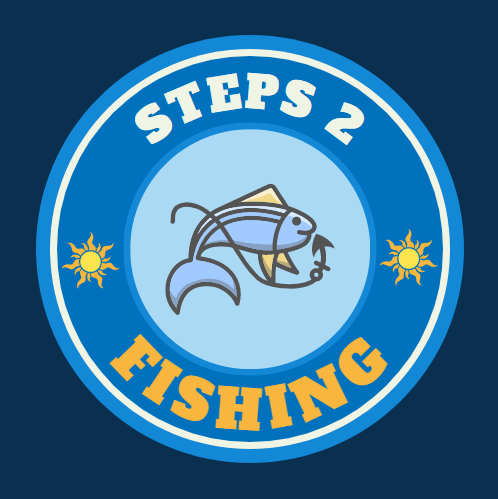

Leave a Reply